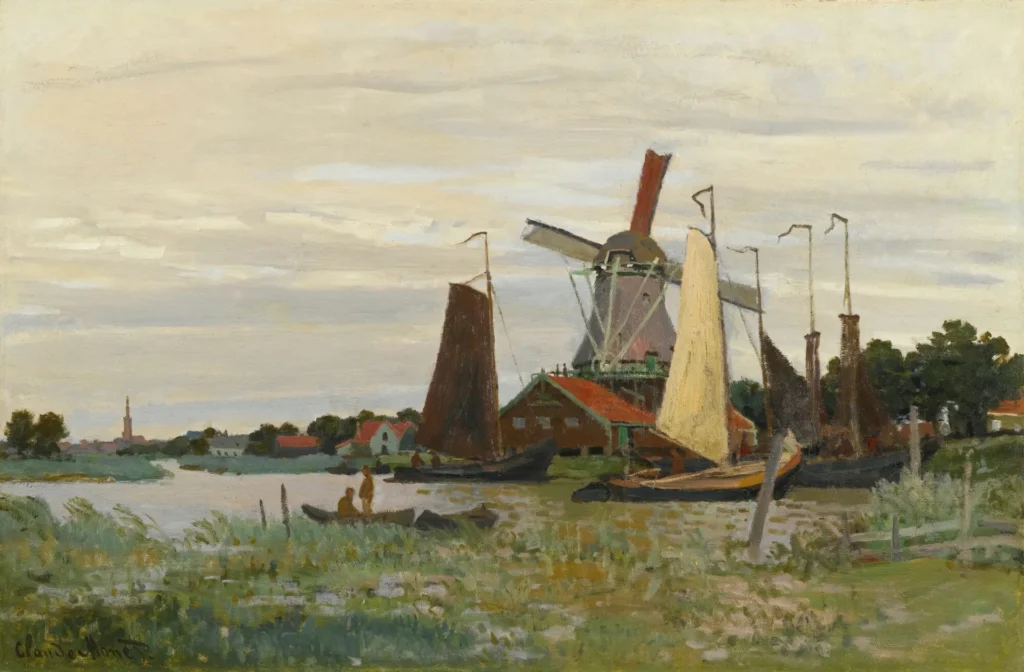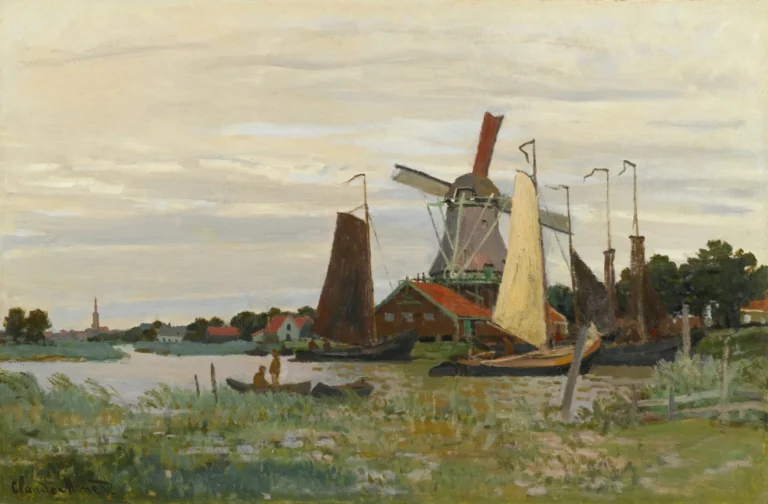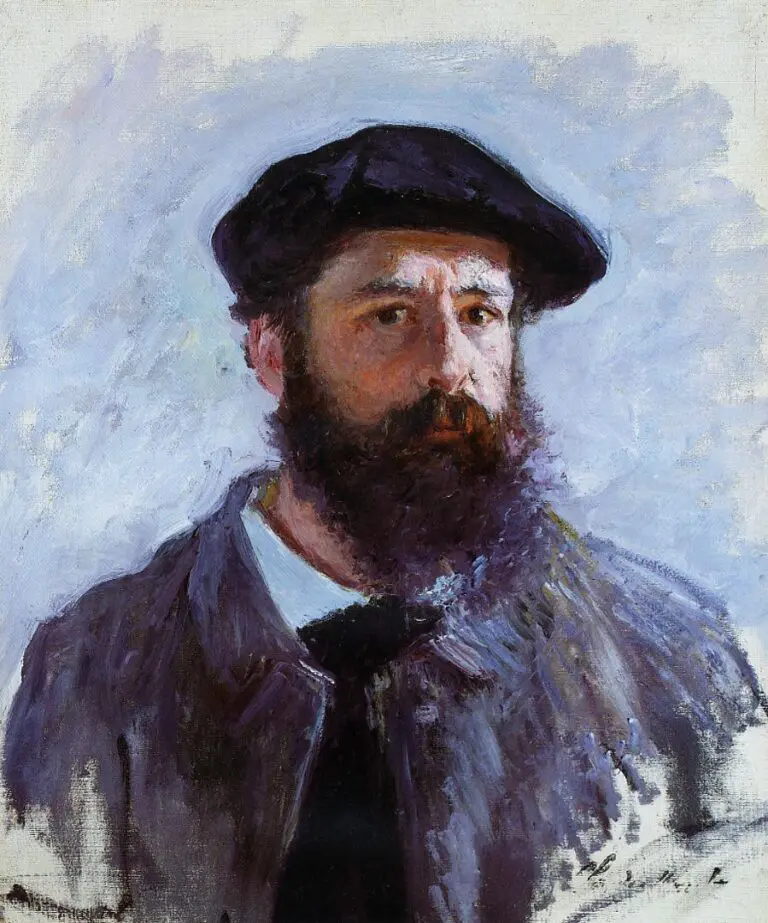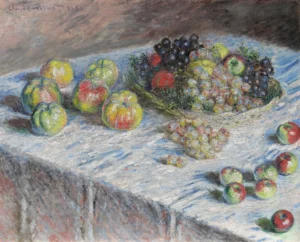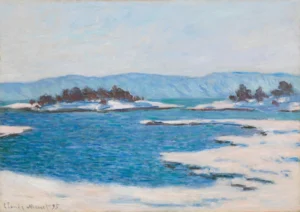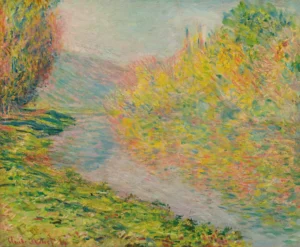Un Moulin À Zaandam (1871)
Created in 1871, 'Un Moulin À Zaandam' is an oil on canvas painting by Claude Monet that illustrates a windmill in the quaint town of Zaandam, Netherlands. The artwork is notable for showcasing Monet's early impressionist style, influenced by his studies in plein air painting. Capturing the essence of everyday life, this piece embodies his love for natural light and color experimentation, echoing his marine paintings, particularly those from Argenteuil. Though less famous than his later works, it is pivotal in understanding Monet's development.
Year 1871
About the Artwork
In 1871, Claude Monet ventured into the Netherlands, where he stumbled upon the picturesque scene of a windmill in Zaandam. At this time, he was committed to experimenting with the plein air technique, a method that allowed him to directly engage with the light and scenery of his surroundings. Influenced by Eugène Boudin, Monet sought to capture the ephemeral effects of sunlight on water and landscapes. This particular painting showcases his emerging impressionist style, which would later burgeon into a hallmark of art history. Through 'Un Moulin À Zaandam', viewers are invited into Monet's world, where the everyday becomes extraordinary through color and light.
Did You Know
Monet was profoundly influenced by the work and guidance of Eugène Boudin, who introduced him to plein air painting, a pivotal method that shaped his artistic career.
The creation of ‘Un Moulin À Zaandam’ marked a significant moment in Monet’s travels, reflecting his interest in exploring beyond France to capture the unique beauty of other landscapes.
Plein air painting, which Monet mastered during this time, allowed artists to paint outdoors and capture the natural environment, emphasizing momentary light effects and spontaneous color choices.




